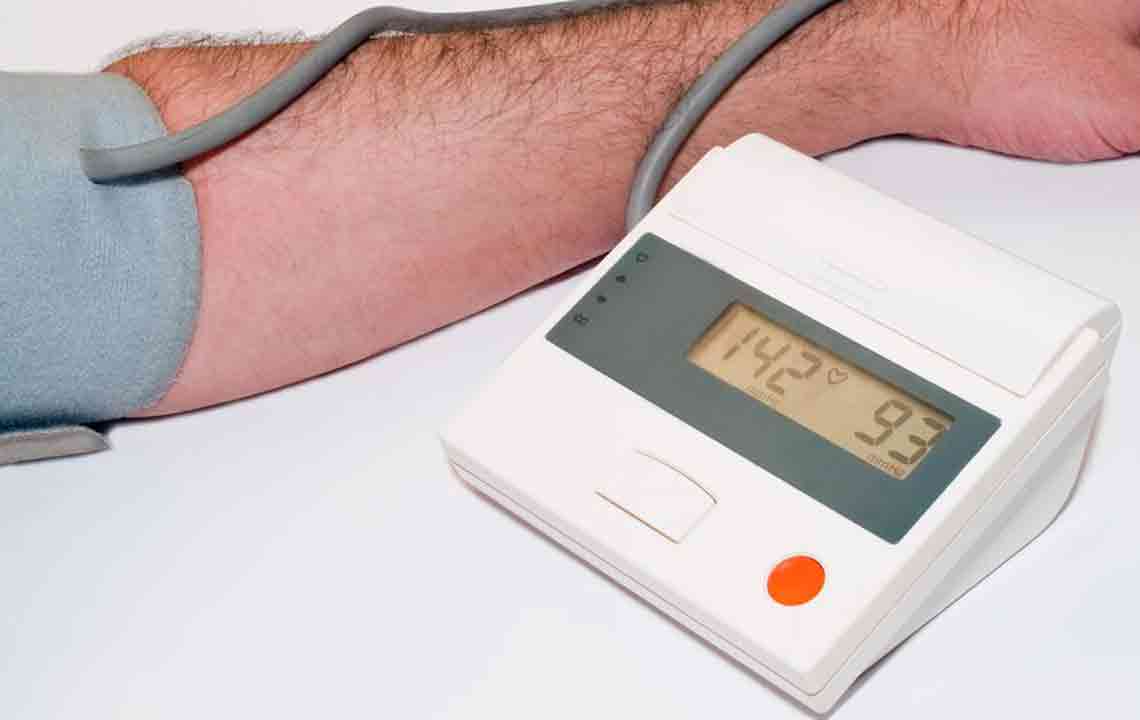Understanding Cholesterol Charts: Key Insights for Maintaining Healthy Levels
This article explains cholesterol level charts, their importance, and how to interpret them for better heart health. It highlights recommended values for total cholesterol, LDL, HDL, and triglycerides, emphasizing the benefits of regular monitoring. Maintaining these levels through proper lifestyle choices is vital for preventing cardiovascular issues. Consulting healthcare professionals ensures personalized advice and accurate interpretation of cholesterol tests. A balanced diet and routine physical activity are essential for keeping cholesterol healthy. Use this guide to understand your cholesterol status and promote overall well-being.

Cholesterol, a vital sterol in the human body, is essential for many functions. It is naturally produced in the liver and also obtained through food intake. While a certain amount of cholesterol supports health, imbalances can lead to health complications. To monitor cholesterol levels, medical tests measure four key components: total cholesterol, LDL, HDL, and triglycerides. These measurements are displayed on a cholesterol chart, helping individuals understand their health status. Excess cholesterol can lead to plaque buildup in arteries, increasing cardiovascular risks. Maintaining optimal levels—such as total cholesterol under 200 mg/dL and HDL above 50 mg/dL—is crucial for health.
The chart illustrates recommended values: total cholesterol below 200 mg/dL, triglycerides under 150 mg/dL, LDL below 130 mg/dL, and HDL above 50 mg/dL. Regularly reviewing these numbers aids in understanding and managing heart health. The cholesterol chart serves as a useful guide for tracking progress and identifying risk points, but consulting a healthcare professional for interpretation is advised. A balanced diet and consistent exercise are key to keeping cholesterol in check. Remember, standards may vary slightly, so always refer to your doctor for personalized advice.
Note: This article provides general information and should not replace professional medical guidance. Always consult healthcare experts for health-related concerns and diagnosis.










